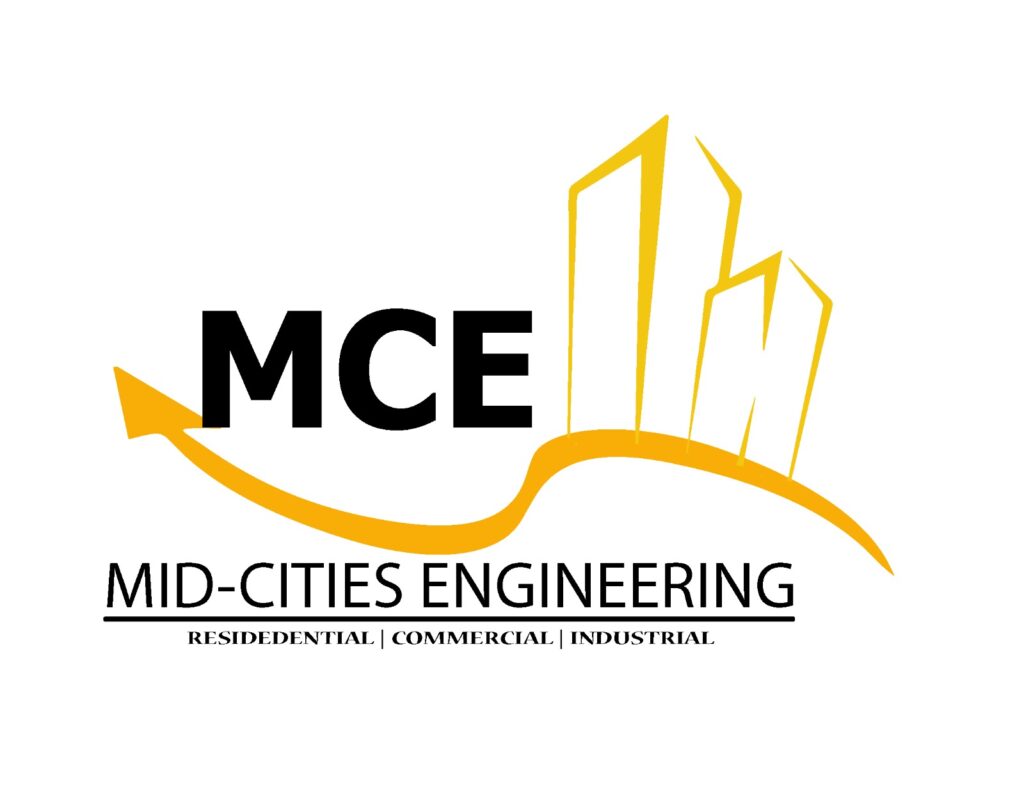Street Improvement Plans
Street Improvement Plans
Street Improvement Plans within the realm of civil engineering represent a strategic approach to elevate the functionality, safety, and aesthetics of urban and suburban road networks. These plans play a pivotal role in enhancing transportation systems, fostering community connectivity, and ensuring the overall well-being of residents. Street Improvement Plans are comprehensive documents that outline the design, reconstruction, or modification of existing streets, considering factors such as traffic flow, pedestrian safety, and urban development.
Why Choose Street Improvement Plans
Choosing a Street Improvement Plan in civil engineering offers a multitude of advantages, as it addresses critical aspects of urban development, infrastructure enhancement, and community well-being. Here are compelling reasons to opt for a Street Improvement Plan:
- Implementation of safety measures and traffic management strategies.
- Analyzing and optimizing traffic patterns.
- Assessment and upgrade of existing infrastructure.
- Integration with broader urban development goals.
What is Civil Engineering?
The objectives of Street Improvement Plans in civil engineering are multifaceted, aiming to enhance the functionality, safety, aesthetics, and sustainability of urban and suburban roadways. These plans address various aspects of transportation infrastructure and urban design to create a well-integrated and efficient street network. Street improvement plans play a crucial role in shaping the urban landscape, and their objectives align with creating vibrant, safe, and sustainable communities. These plans require collaboration between civil engineers, urban planners, landscape architects, and community stakeholders to achieve comprehensive and effective results.
Advantages of Street Improvement Plans
- Improve road safety for motorists, cyclists, and pedestrians, reducing the likelihood of accidents and injuries.
- Create safe and accessible spaces for pedestrians and cyclists, promoting alternative and sustainable modes of transportation.
- Improve the longevity and resilience of road surfaces, signage, lighting, and drainage systems, reducing maintenance costs in the long run.

